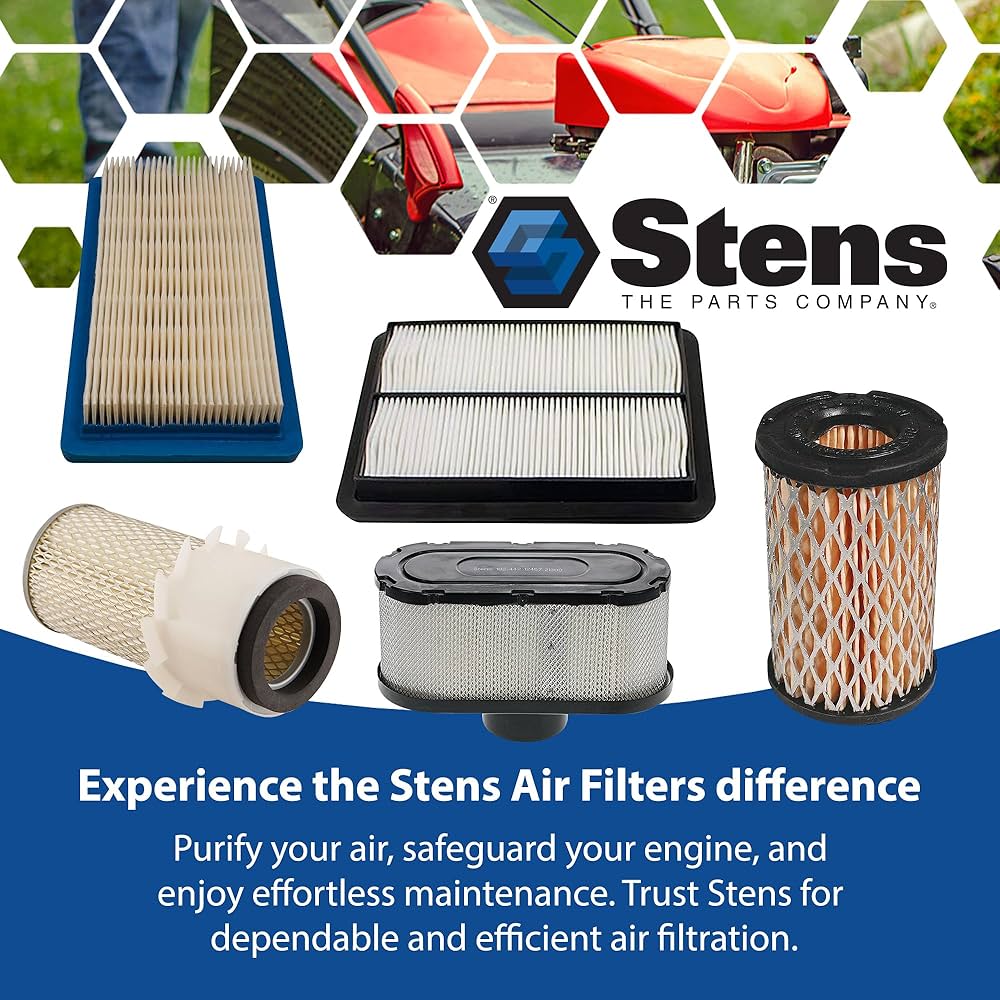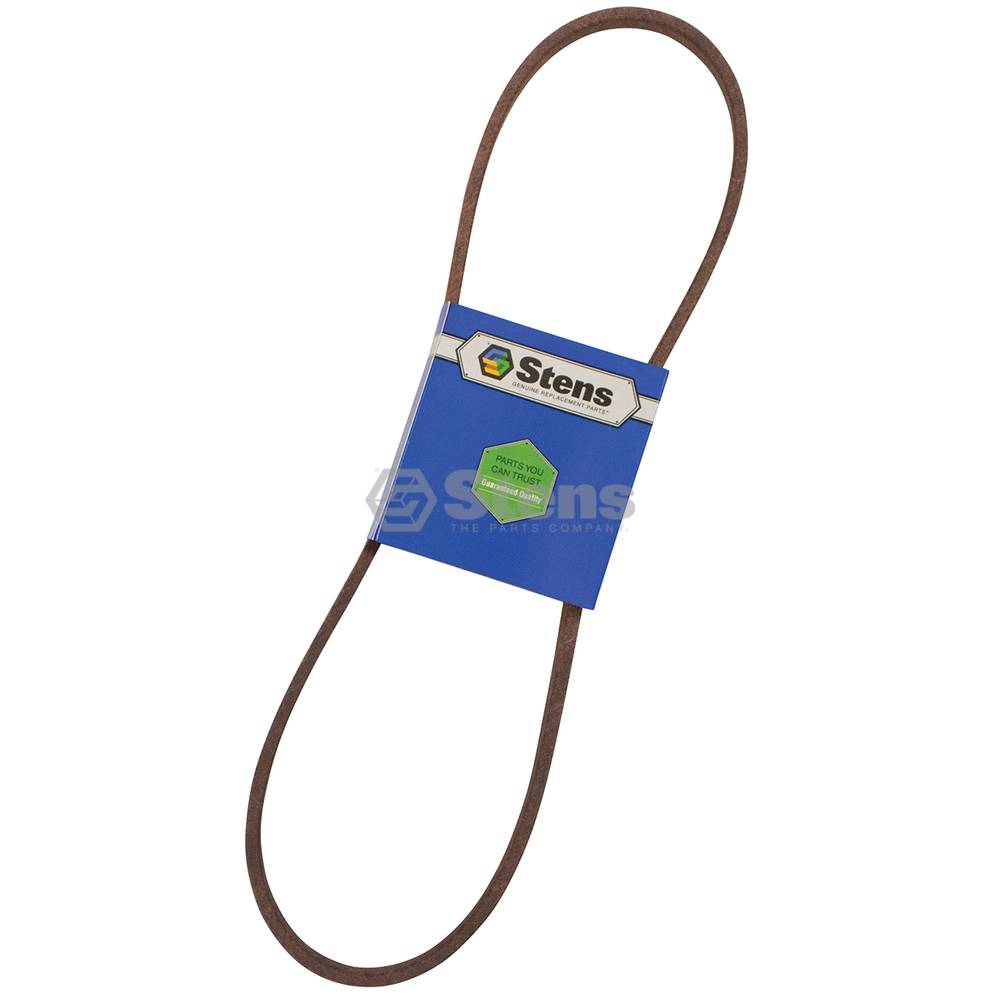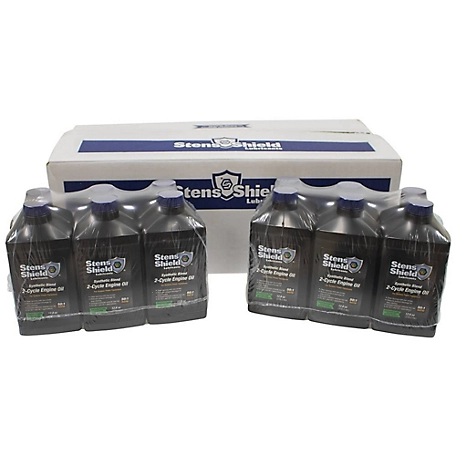Choosing the right tires for different terrain is crucial for optimizing the performance and maneuverability of outdoor power equipment such as lawn mowers. Here are some key points to consider when selecting tires for different terrains:
-
Terrain Types: Start by identifying the primary terrains on which the equipment will be used. Common terrain types include grass, gravel, hilly or uneven surfaces, and paved areas. Each terrain requires specific tire characteristics to achieve optimal traction and stability.
-
Tread Patterns: Tread patterns play a significant role in tire performance. For grassy surfaces, tires with a turf-friendly tread pattern are recommended. These tires have shallow treads that provide good traction without causing excessive damage to the grass. On the other hand, tires with deeper, more aggressive treads are suitable for rougher terrains like gravel or muddy surfaces, as they offer enhanced traction and self-cleaning properties.
-
Tire Material: The material composition of the tire affects its durability and performance. Most lawn mower tires are made of rubber, but the specific rubber compounds can vary. Some tires are designed to be more puncture-resistant, while others prioritize longevity or provide better shock absorption. Consider the conditions and potential hazards specific to each terrain type when choosing the appropriate tire material.
-
Tire Size: Tire size is a critical factor in ensuring proper fitment and performance. It is essential to select tires with the correct dimensions that match the equipment's specifications. Refer to the manufacturer's guidelines or consult with a knowledgeable supplier to determine the appropriate tire size for your specific lawn mower model.
-
Weight Distribution: The weight distribution of the equipment affects tire performance. For instance, if you frequently operate on hilly terrain, tires with a wider footprint can help distribute the weight more evenly, enhancing stability and preventing slippage. Understanding the weight distribution of the equipment and how it interacts with the terrain will guide you in selecting tires that can handle the load effectively.
-
Additional Features: Depending on your specific needs and budget, you may consider additional features such as puncture resistance, anti-scalping properties, or the ability to mount tire chains for added traction in icy conditions. These features can provide extra benefits and ensure optimal performance in challenging terrains or weather conditions.
Click on tires to see our selection of lawnmower tires.





